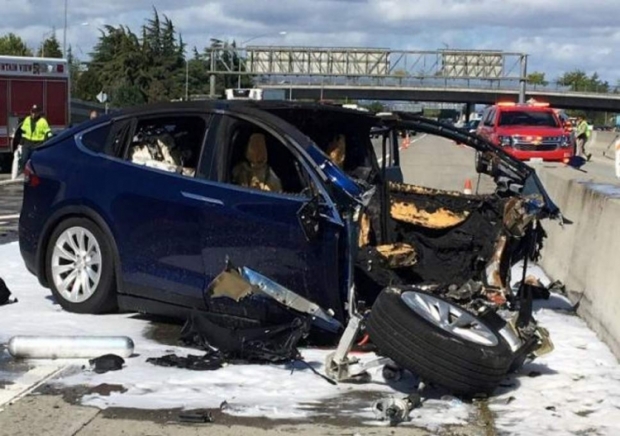The watchdog's growl comes from something which happened last October when Tesla claimed that its Model 3 had the "lowest probability of injury of any vehicle ever tested by the National Highway Traffic Safety Administration (NHTSA)".
However, two days later the NHTSA, without naming Tesla, said its "5-star rating is the highest safety rating a vehicle can achieve" but that it "does not distinguish safety performance beyond that rating. Thus there wasno 'safest' vehicle among those vehicles achieving 5-star ratings".
Ars Technica, citing documents obtained by the website Plainsite, discovered that the NHTSA told Tesla to stop making "misleading statements" about the Model 3's safety, as the company's use of NHTSA's 5-star ratings and associated data "is inconsistent with the NHTSA's guidelines".
The NHTSA conducts a number of different crash tests for each vehicle and then issues a series of ratings ranging from one to five stars for different aspects of vehicle safety. There's no disputing that the Model 3 performed well on these tests, achieving five stars -- the agency's highest rating -- across the board.
However, the NHTSA would have liked Tesla to stop there. Instead, Tesla dug into the NHTSA's data. As part of its evaluation process, the NHTSA calculates a number called a vehicle safety score, which the agency has characterised as "relative risk of injury". The agency then awards each vehicle a star rating based on VSS ranges.
Tesla noticed that the Model 3 had a better VSS score than any other vehicle on the market.
To Tesla's marketing team that meant that a Model 3 driver is less likely to be injured in a crash than a driver of any other vehicle.
However, NHTSA argues that this is statistical malpractice because it doesn't take into account vehicle weight. In a vehicle-to-vehicle crash, the occupant of the heavier vehicle is less likely to be injured. The NHTSA's tests, which involve crashing a car into fixed objects, don't necessarily account for this difference.
Tesla says it stands by the statements it made last October.




